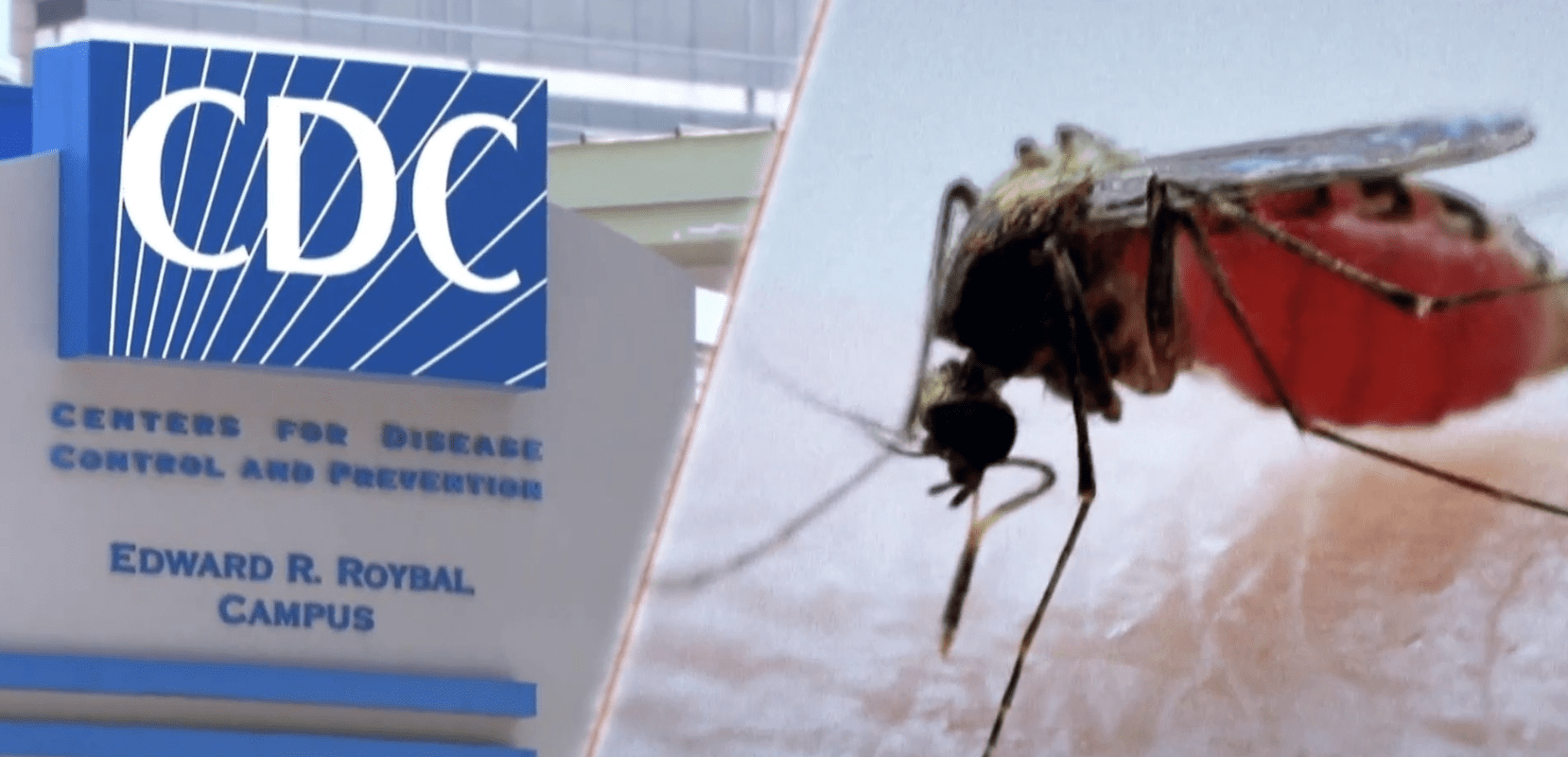On June 26, 2023, the Center for Disease Control (CDC) issued a Health Alert Network (HAN) Health Advisory in order to inform healthcare providers and policymakers about the following malaria infections:
- Identification of locally acquired malaria cases (P. vivax) in two U.S. states (Florida [4] and Texas [1]) within the last 2 months,
- Concern for a potential rise in imported malaria cases associated with increased international travel in summer 2023, and
- Need to plan for rapid access to IV artesunate, which is the first-line treatment for severe malaria in the United States.
 This is a major shift in the public health environment in the United States. While the US sees some 2000 cases of malaria every year, these are mostly found in returned travelers coming back from places where the disease is still prevalent. Locally acquired malaria has not been identified in the United States since 2003, when several cases were found in West Palm Beach, Florida.
This is a major shift in the public health environment in the United States. While the US sees some 2000 cases of malaria every year, these are mostly found in returned travelers coming back from places where the disease is still prevalent. Locally acquired malaria has not been identified in the United States since 2003, when several cases were found in West Palm Beach, Florida.
The return of locally transmitted malaria to the US is of significant concern to public health officials and healthcare providers due to a conjunction of seasonal issues and the ways in which the disease is transmitted.
Locally Acquired Malaria in Texas
In brief, the facts are these: per the Texas Department of Health and Human Services, a Texas resident was diagnosed with malaria sometime in the last few weeks. The patient is a Cameron County resident who works outdoors. At the time of this writing, no further cases have been identified, and both state and federal authorities are working to determine whether or not anyone else has been exposed.
This is the first case of locally acquired malaria in Texas since 1994.
Statewide Advisory in Florida
On June 26th 2023, Health Florida issued a statewide mosquito-borne illness advisory in response to four confirmed cases of locally-acquired malaria in Sarasota County, FL. While all four patients have been treated and are making a full recovery, there are concerns about further future transmission of the disease due to South Florida’s climate and geography. Mosquito control measures including monitoring and aerial and ground spraying are ongoing as part of the effort to limit the spread of malaria and other mosquito-borne illnesses including West
Nile virus infections, Eastern equine encephalitis, St. Louis encephalitis, malaria, chikungunya, and dengue.
Prevention and Treatment of Malaria
Malaria is a serious illness responsible for over 600,000 annual worldwide deaths. As with most diseases, prevention and avoidance are the best responses to malaria.
The prevention of malaria generally involves community-level efforts to prevent conditions that allow mosquitoes to thrive. Individual property owners can take similar steps in their own spaces and may be required to do so by local ordinance. While local conditions may vary, general steps to prevent malaria include the following:
- Using mosquito netting or window and door screens, particularly around sleeping places
- Avoid allowing water to accumulate in trash cans, old tires, yard wastes, low-lying areas, or clogged gutters. Standing water is a breeding ground for the mosquitos that transmit malaria and removing debris and waste prevents many standing water issues.
- Likewise, ensure that drainage ditches, retaining ditches and ponds, rainwater collectors, and similar spaces have adequate drainage and/or mosquito controls in place.
- Empty and clean bird baths and water bowls for animals daily
- Aerial and ground spraying in mosquito-prone areas are a vital tool for preventing their proliferation.
Steps to Avoid Malaria
The avoidance of malaria is generally the responsibility of individuals or smaller groups of people, but it follows similar steps adapted to scale:
- Use mosquito nets when sleeping outdoors. Maintain door and window screens at home to avoid mosquitos inside the house.
- Wear long pants, long-sleeved shirts, shoes, and socks when outdoors to avoid mosquito bites and the possible transmission of disease.
- Use mosquito repellent, applied per manufacturer’s instructions. Make sure to use a mosquito repellent with an effective active ingredient.
- Avoid areas where mosquitoes are most likely to be encountered: near bodies of still or standing water, marshy areas, and similar environments.
- Limit outdoor activity at times when mosquitoes are most likely to be active; dusk and dawn are peak times for mosquitos
Treating malaria is a complex topic beyond the scope of this article. Healthcare providers and public health officials should consult CDC and WHO guidelines for the best current approaches in the treatment of malaria should they encounter a case.
Malaria is a Public Health Issue in the US
Two independent reports of locally acquired malaria in the US are a real cause for concern. Summer in the US is a peak travel season, which often brings vacationers to warmer areas, beachfront environments, or bodies of water. All of these are potential breeding grounds for malaria. Likewise, travel increases exposure to new environments and may further the spread of malaria to new parts of the country.
Travelers, policymakers, and healthcare providers are well advised to keep advised of this evolving situation and to heed further announcements from the CDC and relevant state authorities. We’ll be providing updates here as more information becomes available.
